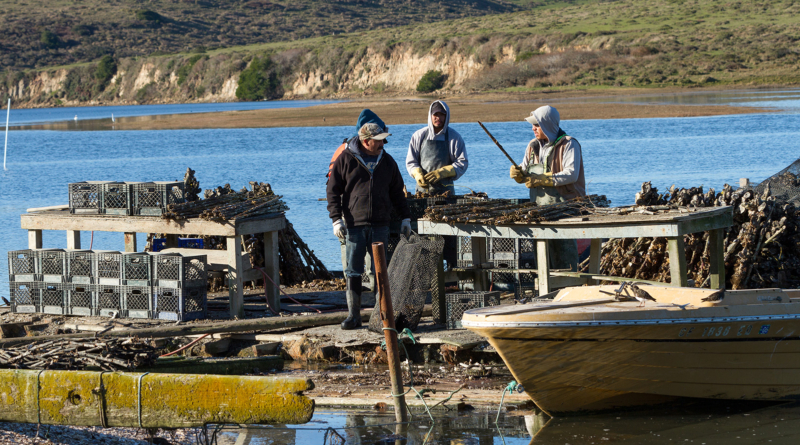Nature Conservancy shells out funds to assist oyster farmers
The Nature Conservancy says it will help struggling oyster farmers impacted by COVID-19 and the economic downturn by purchasing 5 million surplus oysters and using them in nearby oyster restoration projects.
The Supporting Oyster Aquaculture and Restoration initiative, a partnership between the Nature Conservancy and the Pew Charitable Trusts, aims to extend $2 million in payments to oyster farmers to support more than 100 shellfish companies and preserve over 200 critical jobs throughout the East Coast and Washington state. At the same time, over 5 million oysters will be deployed to rebuild 27 acres of imperiled native shellfish reefs across 20 restoration sites, according to an organization statement.
In addition, the initiative will establish a $1 million Shellfish Growers Resilience Grant program with Pew, the National Oceanic and Atmospheric Administration and shellfish growers’ associations as collaborating partners to address underlying challenges facing growers.
COVID-19 and the resulting restaurant closures have led to a dramatic decrease in demand for farmed shellfish, leaving oyster farmers across the U.S. struggling to market their products. This lack of demand has caused a growing surplus of oysters that are becoming “oversized” for the traditional “raw bar” market. Between the loss of income since mid-March and the potential for a collapse in oyster prices due to accumulating supply, more than 3,000 jobs within the oyster aquaculture industry are under threat.
“This program demonstrates the potential for food producers and conservationists to work together and achieve critical outcomes for both people and nature,” Jennifer Morris, The Nature Conservancy’s CEO, said in the statement. “We are proud to partner with The Pew Charitable Trusts to provide much-needed economic relief for America’s shellfish farmers and support oyster restoration efforts. This is a win-win for environmentally-friendly businesses and ocean ecosystems.”




